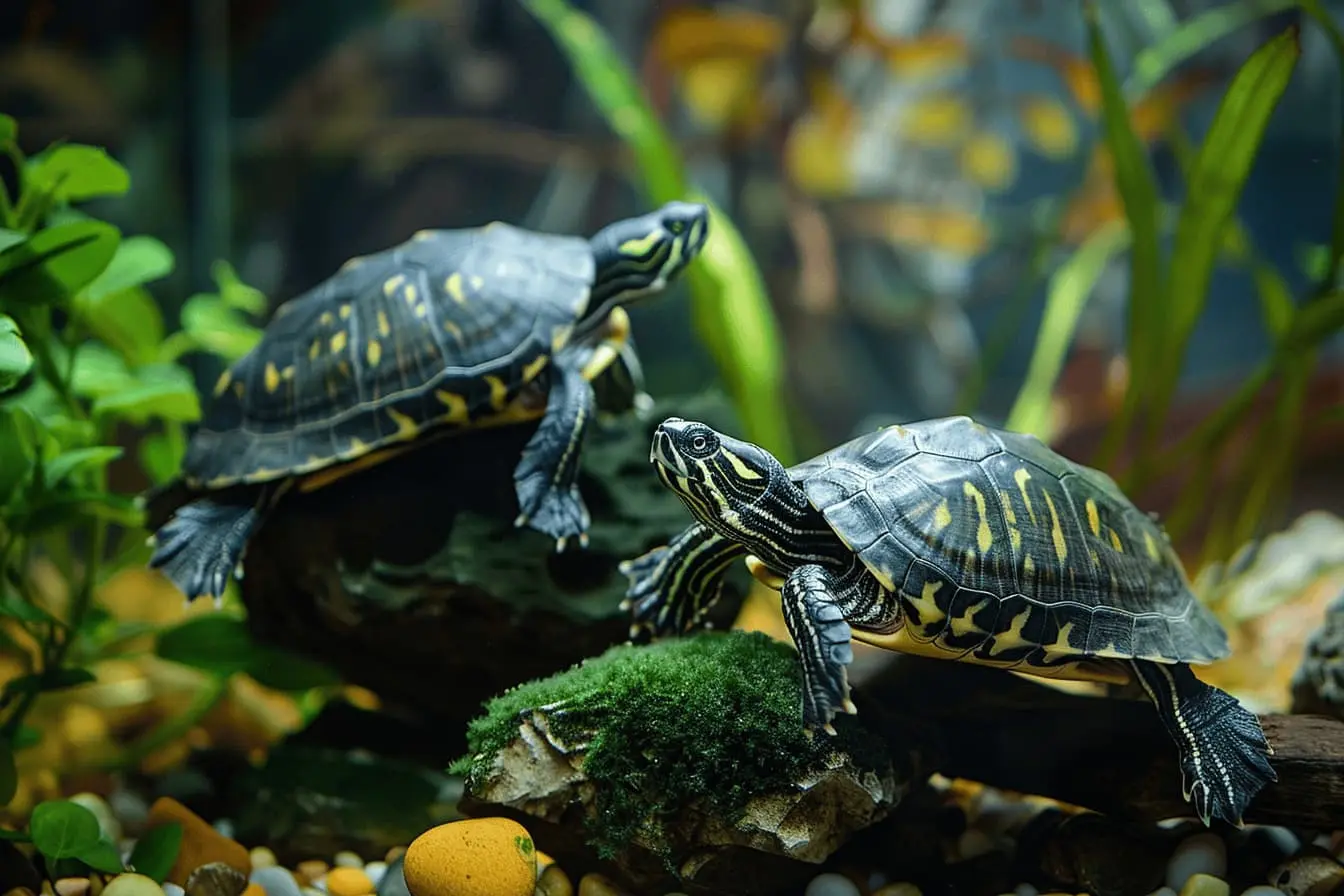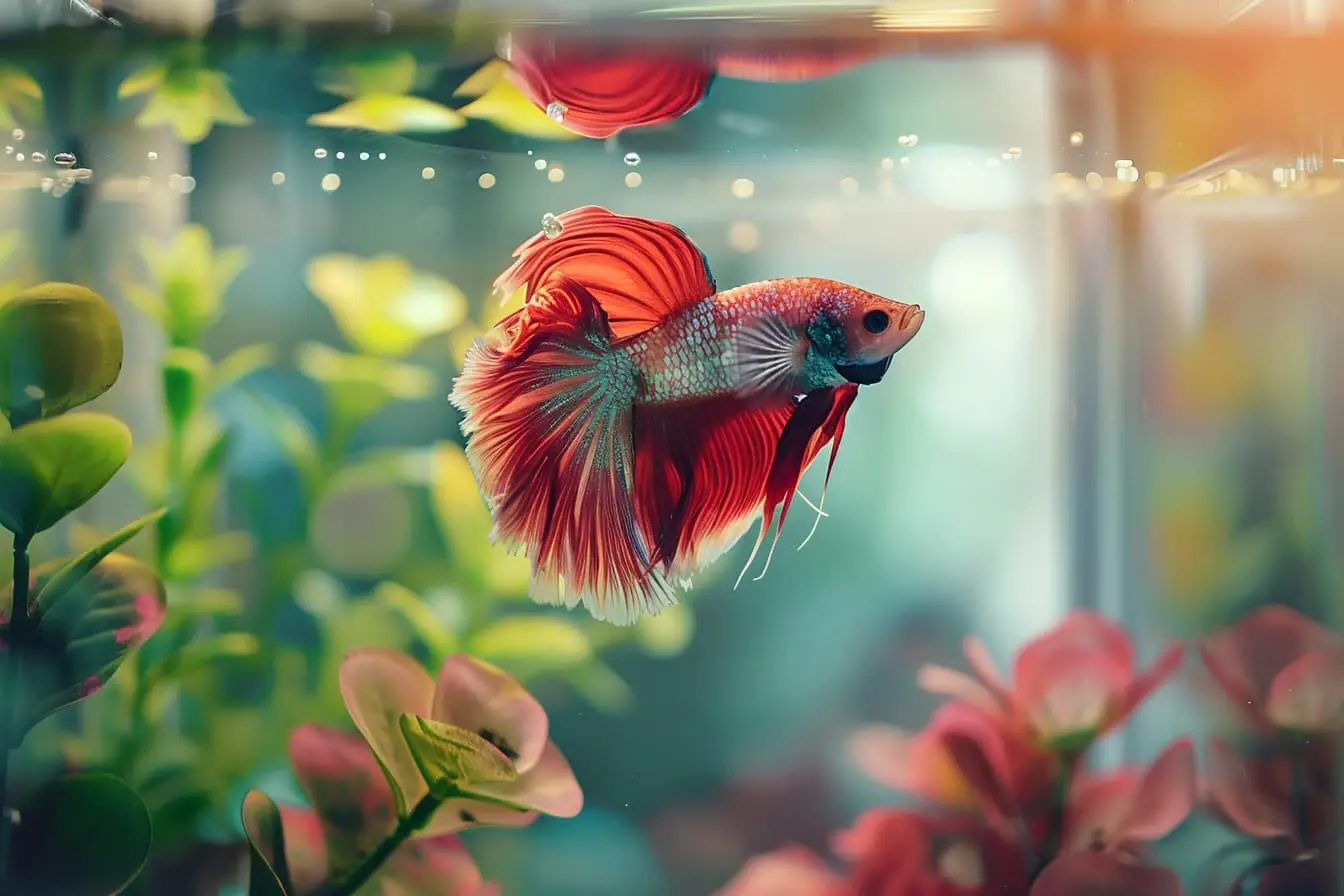
A Beginner's Guide to Keeping Aquarium Turtles
Welcome to the fascinating world of aquarium turtles! Keeping turtles as pets can be a rewarding experience, offering not only a unique connection to these ancient creatures but also a window into their underwater world. However, caring for them requires commitment and knowledge. This guide will introduce you to different species suitable for beginners and provide essential tips on their care.
Choosing the Right Species
When selecting a turtle for your aquarium, it's important to consider the species' adult size, care requirements, and lifespan. Here are a few beginner-friendly options:
1. Red-Eared Sliders
One of the most popular pet turtles, red-eared sliders are known for the distinctive red streak on each side of their head. They can grow up to 12 inches in length and live for 20-30 years with proper care. They require a large tank with ample swimming space and basking areas.
2. Painted Turtles
Painted turtles are smaller than red-eared sliders, reaching up to 10 inches as adults. They have brightly colored markings on their shells and skin. Painted turtles enjoy a similar habitat to red-eared sliders but can be a bit more adaptable to smaller tanks.
3. Yellow-Bellied Sliders
Similar in care to the red-eared slider, the yellow-bellied slider has a distinctive yellow belly. They can grow up to 12 inches and enjoy a diet of vegetables, pellets, and occasional proteins.
4. Musk Turtles
Often called "stinkpots" for their ability to release a foul odor, musk turtles are smaller, reaching only about 5 inches. They require a smaller tank but still need a proper filtration system due to their messy eating habits.
Setting Up the Aquarium
A proper habitat is crucial for your turtle's health and happiness. Here are the essentials:
Tank Size — The general rule is 10 gallons of water per inch of turtle shell, but bigger is always better. For adult sliders, a 100-gallon tank is a good starting point.
For more information on how to choose the perfect aquarium see our beginners guide here.
Water Filtration — Turtles are messy; a powerful filter is necessary to keep the water clean.
Heating and Lighting — Turtles need a basking area where they can warm up under a UVB light, essential for vitamin D3 synthesis. The water temperature should be kept between 23°C-30°C (75-85°F), and the basking spot between 29°C to 32°C (85°F to 90°F).
Diet — A balanced diet is key. Offer a variety of commercial turtle pellets, leafy greens, and occasional treats like mealworms or cooked chicken. Remember, the dietary needs vary by species.
Daily and Weekly Care Tasks
Daily — Feed your turtles and check the water temperature and filter.
Weekly — Test the water quality for ammonia, nitrite, and pH levels. Clean the tank and change about 25% of the water.
For more details on aquarium water testing and tank maintenance see our handy guide here.
Health Concerns
Watch for signs of illness, such as lethargy, loss of appetite, or shell discoloration. A healthy turtle should be alert, have clear eyes, and a strong appetite. Regular veterinary check-ups are recommended to keep your turtle in good health.
Legal Considerations
Before purchasing a turtle, check local wildlife regulations. Some species may be protected or require special permits to keep as pets.
Conclusion
Keeping aquarium turtles can be deeply rewarding, offering years of companionship and a unique insight into the natural world. By choosing the right species for your lifestyle, setting up a proper habitat, and committing to their care, you can ensure your aquatic friends thrive under your care. Remember, the key to successful turtle keeping is research, patience, and a lot of love.
Vets near you
Speciality vets
- Aquatics vet specialists
- Birds vet specialists
- Camelids vet specialists
- Cats vet specialists
- Cattle vet specialists
- Deer vet specialists
- Dogs vet specialists
- Equines vet specialists
- Exotic vet specialists
- Goats vet specialists
- Pigs vet specialists
- Poultry vet specialists
- Sheep vet specialists
- Small Mammals vet specialists
- Wild vet specialists



